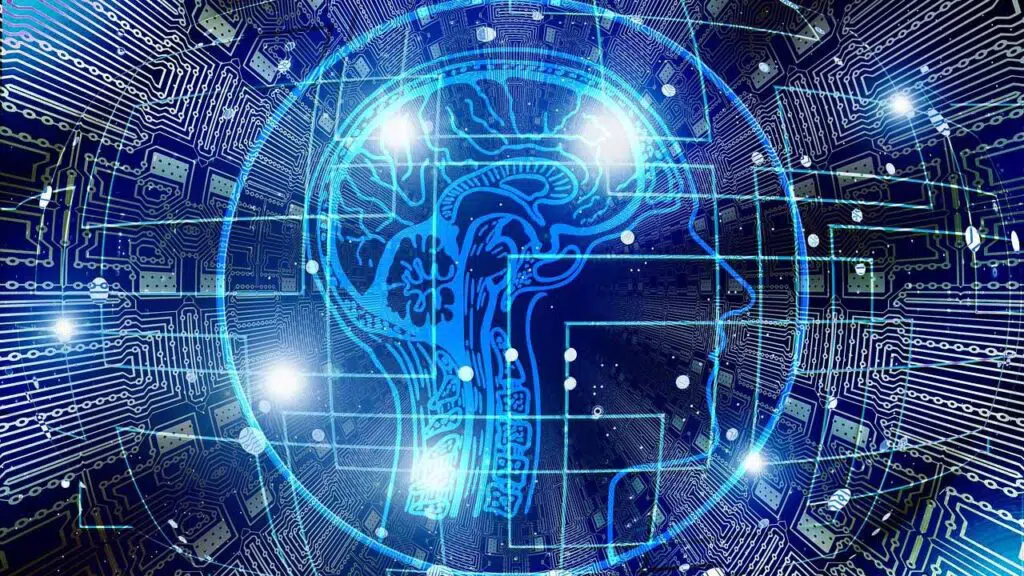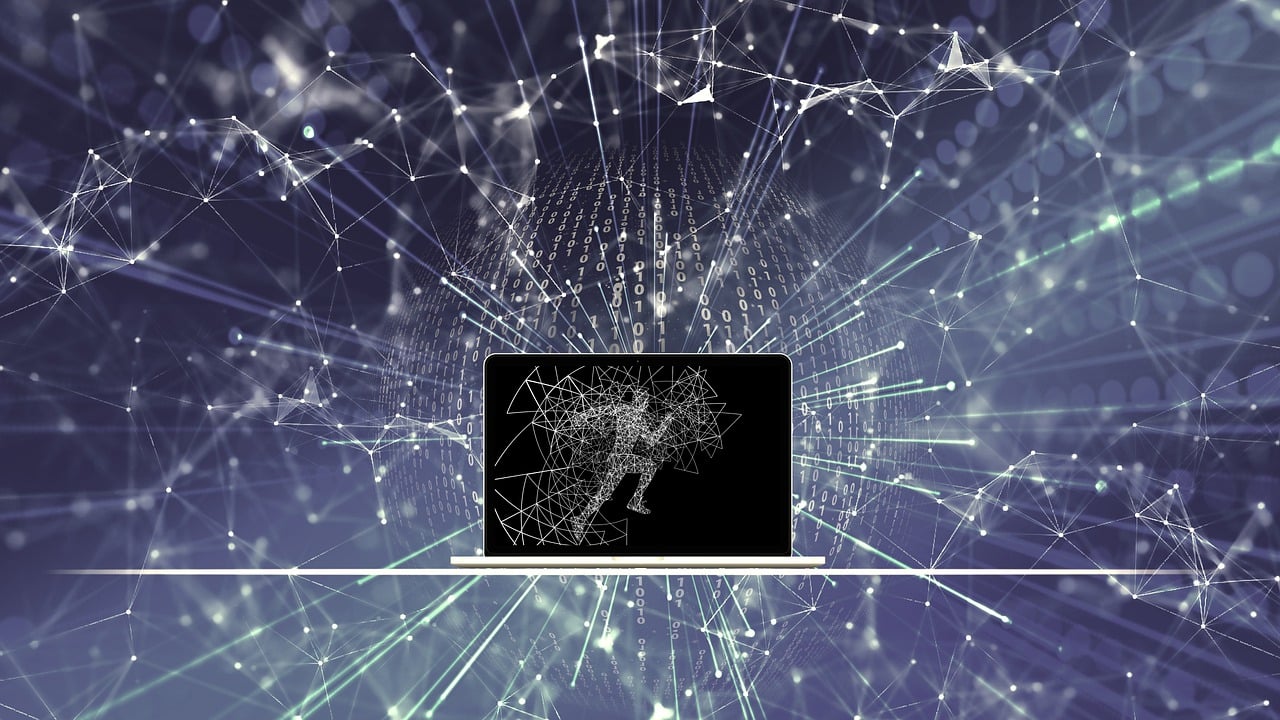L’artificial intelligence is making its way further and further into the scope banking and financial. The need to respond as best as possible to the customer question, more and more numerous and demanding from the point of view of services, was one of the triggering factors of this phenomenon. For this reason, the voice biometrics for financial services. What is it and how does it work?
Artificial intelligence in banking is useful for the customer
According to the data of ABI Lab report “Scenarios and Trends of the ICT market for the banking sector”as many as 44% of Italian banks have activated automated customer response systems such as i chatbotbut the use of artificial intelligence in the banking sector and the simplification of the customer are also strongly oriented towards security, as made clear by the latest “Survey on IT in the Italian banking sector” carried out by CIPA.
Here biometric recognition emerges as one of the top 5 trends in 2021, as well as the one with the most constant increase for innovative technologies with a transversal impact. But why are vocal biometrics today a favorite tool in managing customer verification?
Artificial intelligence in the banking sector. How does voice biometrics work?
We can define the vocal biometry such as the tool that, through an algorithm, uses a person’s voice as a biological characteristic of unique identification to authenticate it, allowing rapid, friction-free and highly secure access in various areas, among which the bankingby virtue of the right compromise between security and the fluidity of the customer experience.
Speech recognition systems usually construct a person’s identity from one initial registration (pattern), then stitching together several patterns from samples of that person’s speech for greater accuracy. In the most advanced systems, over 100 different voice parameters are measured, which allow the voice biometrics system to uniquely distinguish the subject, even between twin voices.
 artificial intelligence 3382507 1280
artificial intelligence 3382507 1280
What are the benefits?
In addition to the convenience of use, voice biometrics proves different advantages fundamentals:
- no information should be stored or maintained on the mobile devices from which you access;
- you don’t need an extremely high quality of the recognition input to grant access, as is the case with display;
- the human voice is also much more difficult to mimic perfectly than, say, a fingerprint;
- Speech recognition spoofing today poses less of a threat to the general public, as it is difficult to do on a large scale.
No authentication method is foolproof, but voice biometrics remain among the most secure
Thanks to the internet and social media, the work of collecting vocal “samples” has become a concrete risk for hackers and for this very reason voice biometrics must be used – following, among others, the provisions of PSD2, which came into force on September 14, 2019 – combined with other authentication factorsespecially in sensitive cases and payment transactions, or even better by being supported by a fraud detection system that can have multiple facets.
From behavioral analysis to identification of login devicesfrom geolocation and time-based analysis to fraudulent pattern detection and continuous verification of identity during the conversation, the combination of methods helps prevent fraud associated with identity theft and scan digitized audio archives for a more effective fraud analysis and investigation, effectively making voice biometrics one of the most secure authentication methods for financial institutions.
In conclusion, no authentication method is foolproof: but starting from a voice base remains one of the best methods of risk reduction, especially nowadays, where password breach is experiencing new escalations day after day.















Leave a Reply
View Comments